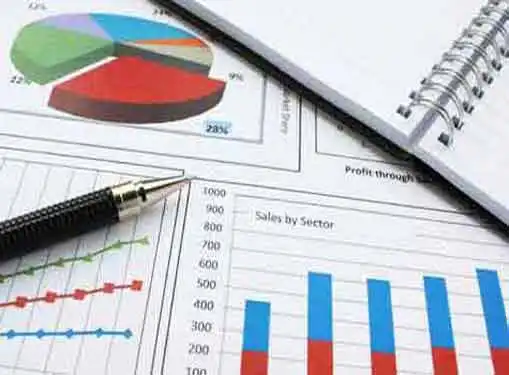Data-Driven PR
What Is Data-Driven PR?
The one thing journalists love more than facts is data. Master the art of data-driven PR, and you'll have tons of media placement opportunities at your fingertips. But what is data-driven PR? And how can you make it work for your business?
In recent years, journalists have become even more dependent on solid data and statistics in their reporting.

Instead of just stating facts, journalists and reporters crave quantifiable evidence to help communicate their ideas to increasingly skeptical readers.
The growing importance of data and statistics in media reporting has also created new opportunities for PR savvy business leaders. If you know what you're doing, you can generate data that makes your company a magnet for journalists. Here's how it's done:
- Organize your own data. Every business - from the smallest hot dog stand to the largest multinational corporation - generates data. Instead of letting your data lay fallow, why not organize it in a way that is appealing to journalists? With a little creativity, your data can be used as the basis for reporting on industry trends, consumer buying patterns, or other economic activity.
- Reorganize other people's data. Attentive business leaders are always on the lookout for data they can exploit for PR purposes. Combined with a larger PR strategy, it's possible to reorganize previously reported data in a way that creates a new storyline for journalists.
- Create economic indicators. Smart business leaders don't wait for the government to issue economic indicators - they create their own. Even simple sales statistics can be the basis for an economic indicator that journalists will come back to over and over again.
- Monitor trends. The more consistently you compile and organize data, the more likely it is that journalists will put your company's name in print. From the perspective of a media professional, consistent data translates into reportable trends. When recognizable patterns begin to emerge from your data, translate it into pitches and press releases that establish your business as an industry authority.
- Gather data from peers. Gathering data from other businesses isn't the easiest thing to do, especially if you're trying to collect data from competitors. Even so, you can collect noncompetitive data and statistics from companies with whom you have an existing relationship. If the data will be used to generate PR, you could even consider issuing a joint press release.
Share this article
Additional Resources for Entrepreneurs




Conversation Board
What's your take on the role of data in obtaining PR placements? We welcome your comments, questions, and advice regarding data-driven PR.